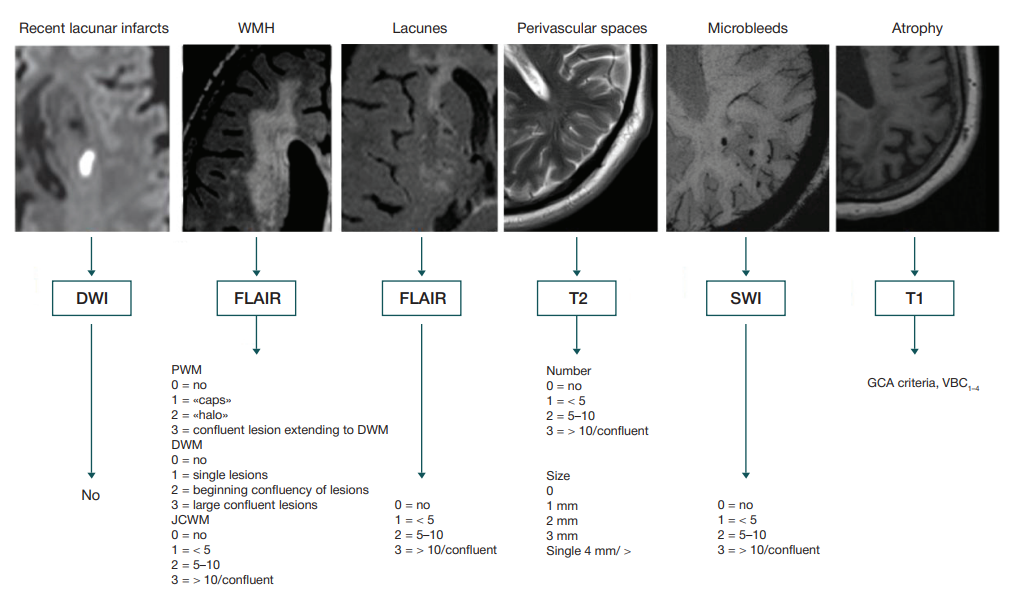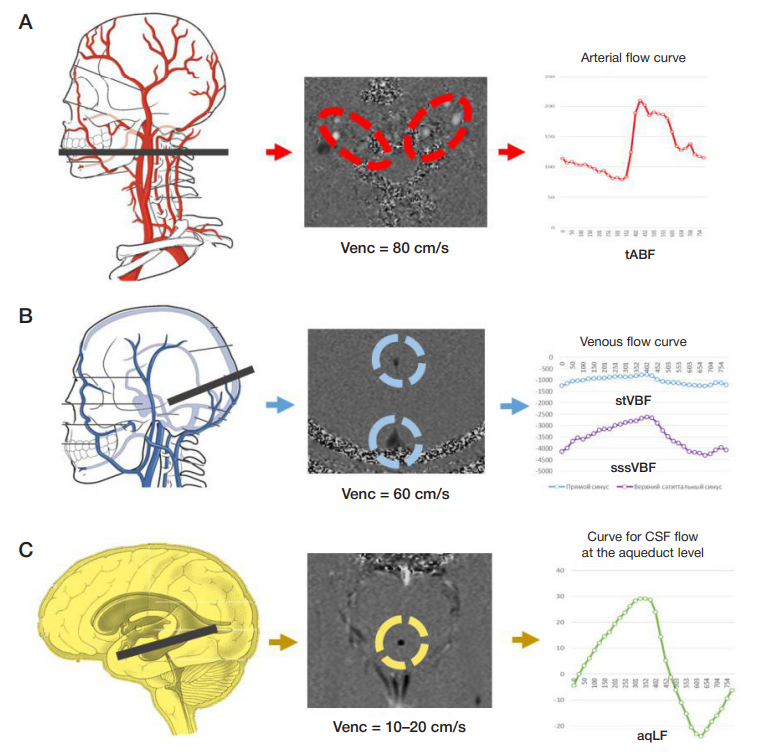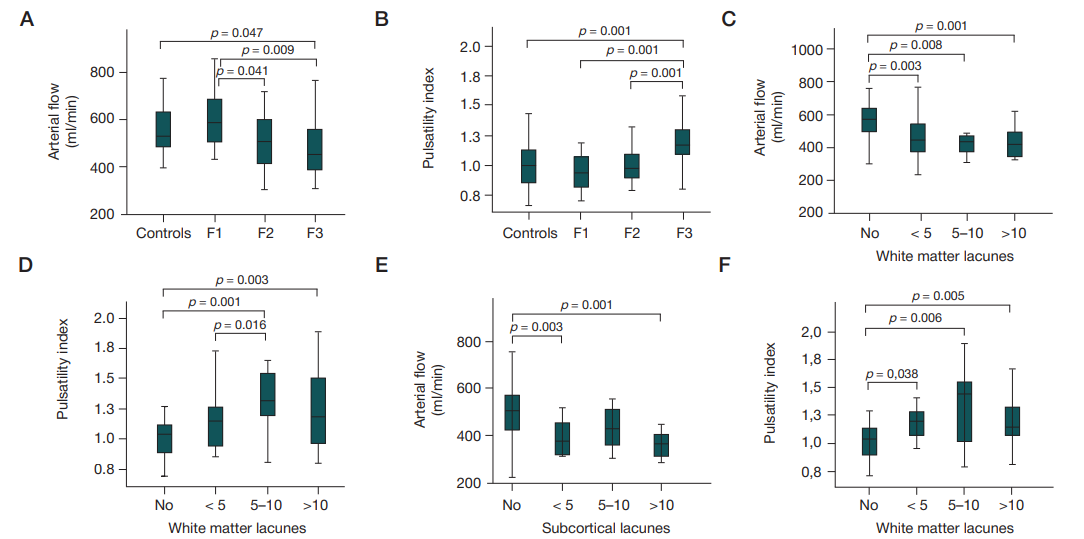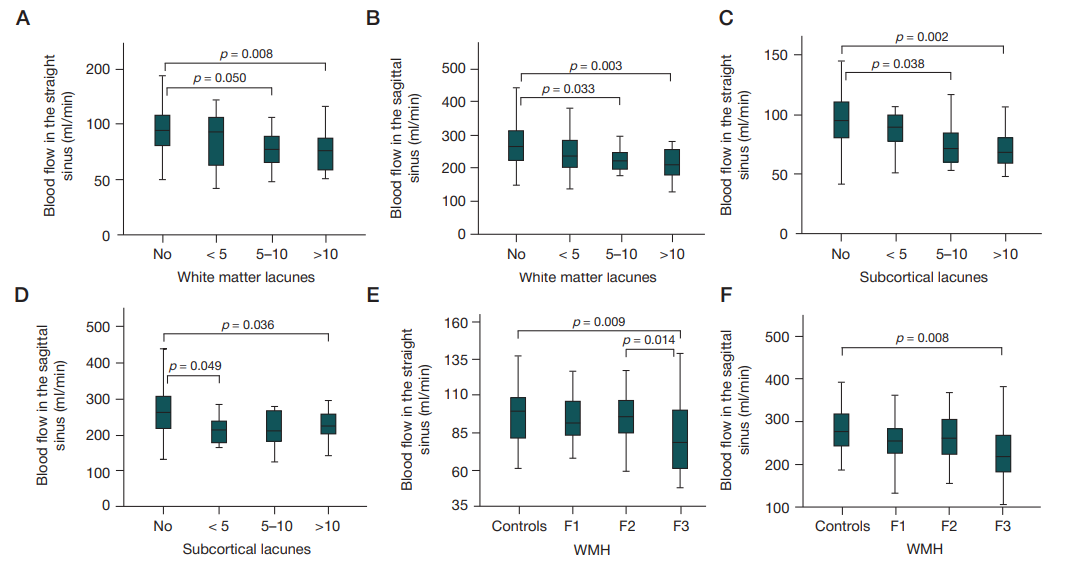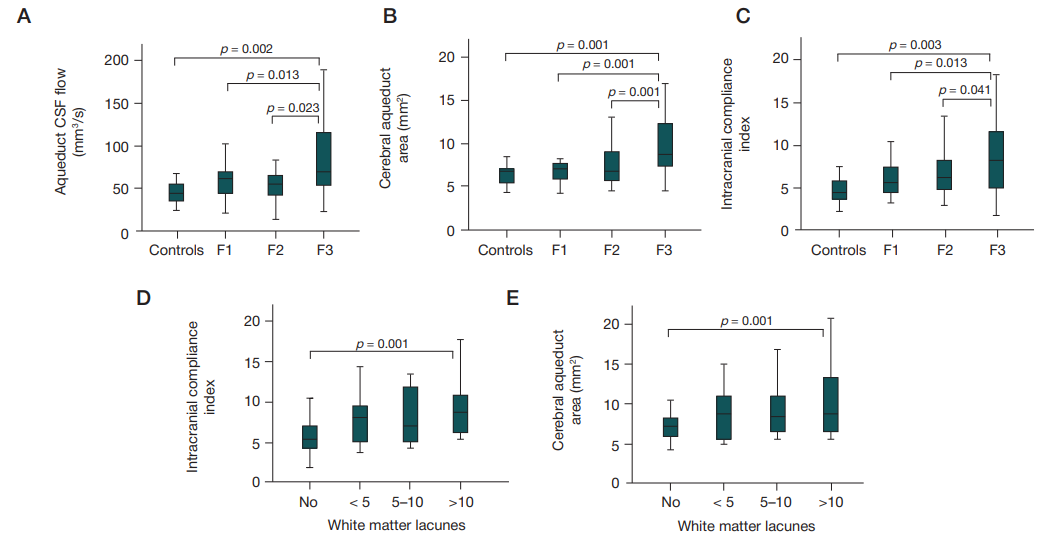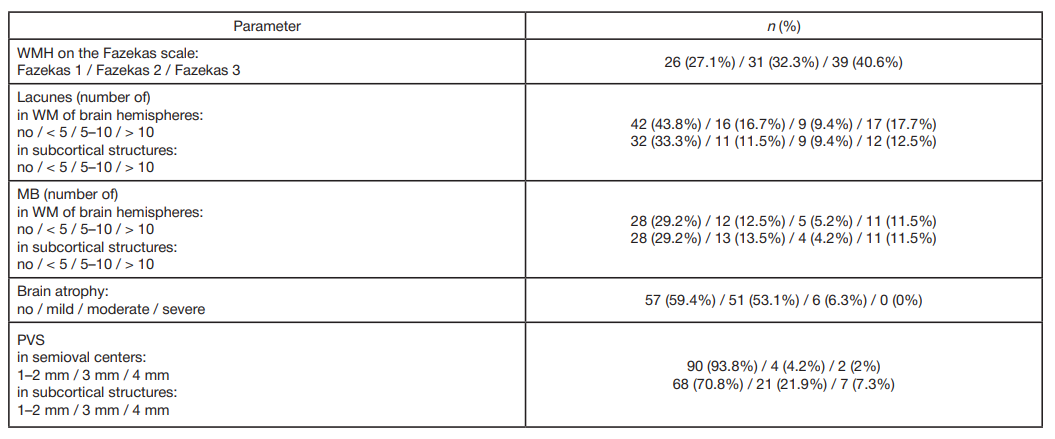
ORIGINAL RESEARCH
Associations between blood and cerebrospinal fluid flow impairments assessed with phase-contrast MRI and brain damage in patients with age-related cerebral small vessel disease
1 Research Center of Neurology, Moscow, Russia
2 PET-Technology LLC, Ufa, Russia
Correspondence should be addressed: Elena I. Kremneva
Volokolamskoe shosse 80, Moscow, 125367; ur.ygoloruen@avenmerk
Funding: this work was part of the state assignment for Research Center of Neurology.
Author contribution: Kremneva EI — methodology of the study, data analysis and interpretation, manuscript preparation; Akhmetzyanov BM — data acquisition, statistical processing and interpretation; Dobrynina LA — conception and methodology of the study, data interpretation, clinical data analysis and acquisition; Krotenkova MV — study supervision and methodology, data interpretation.
